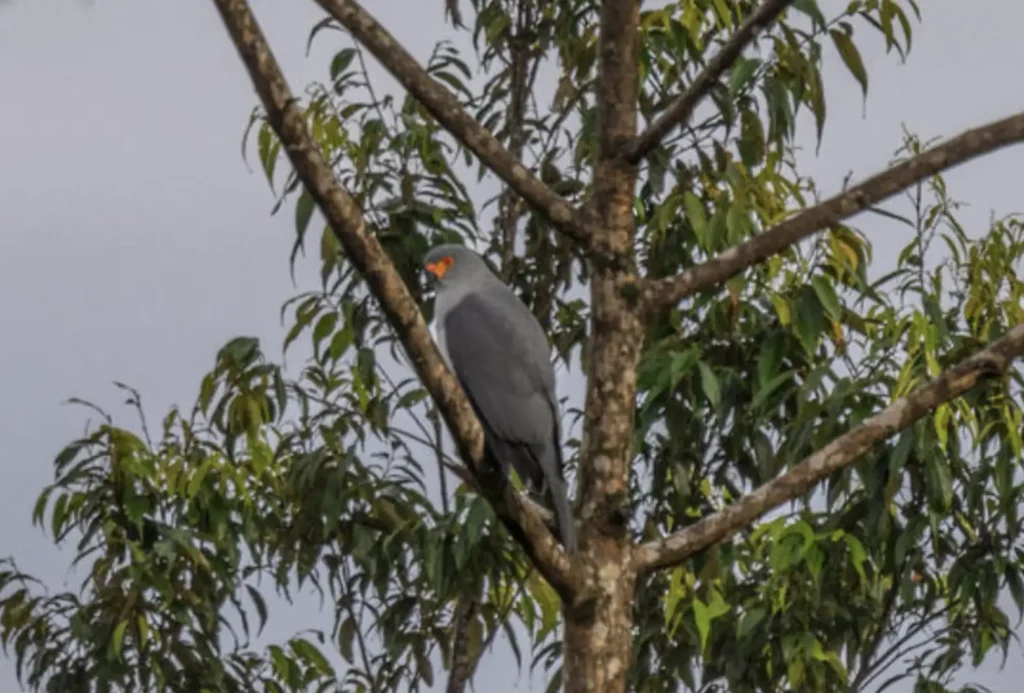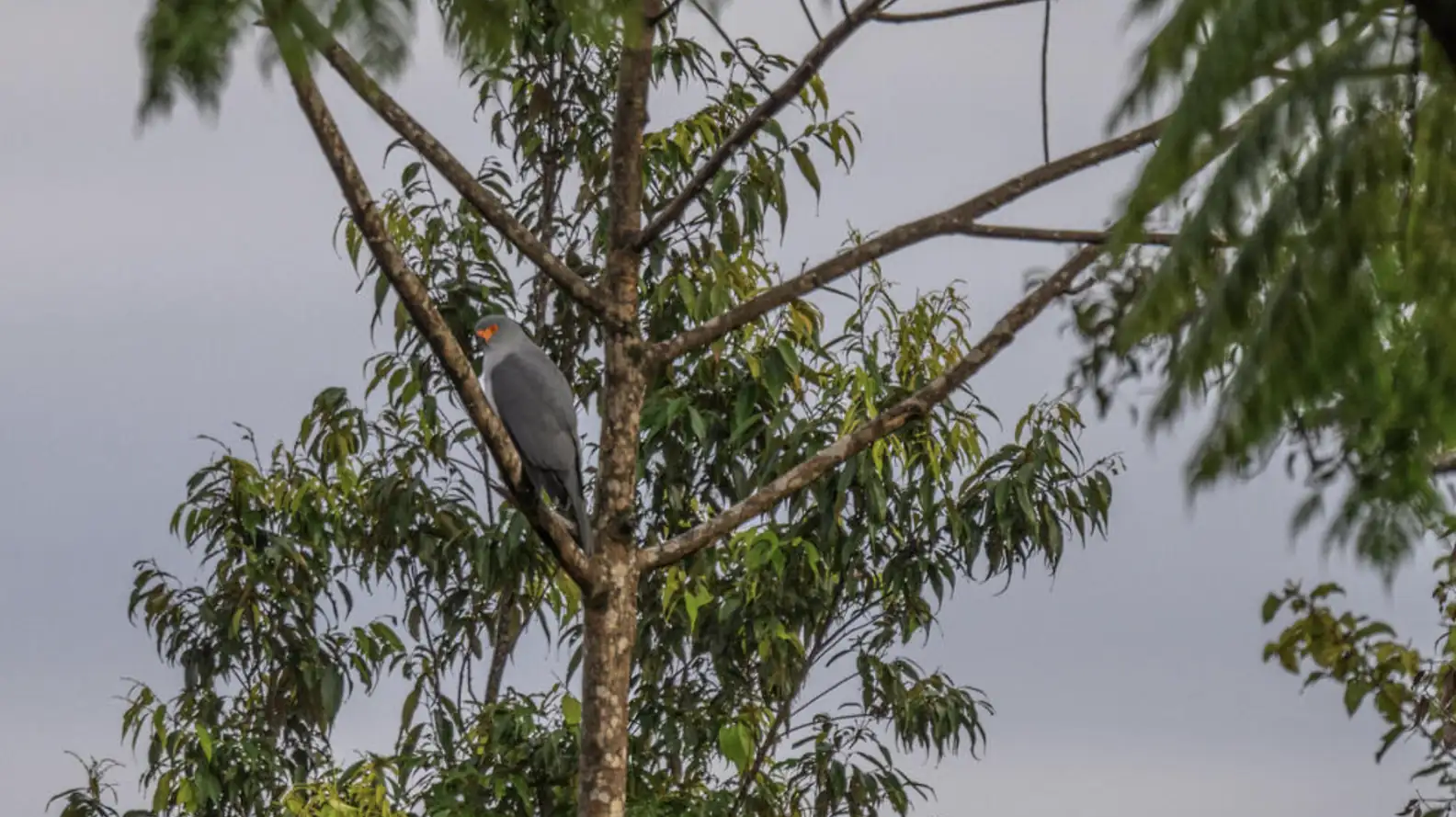A Historic Discovery: The New Britain Goshawk Revealed
Earlier this year, wildlife photographer Tom Vierus embarked on a World Wildlife Fund (WWF) photography expedition to New Britain, an island in Papua New Guinea. Throughout his journey, he captured images of various bird species, but one particular bird left him puzzled.
The Mystery Bird: An Unidentified Raptor
The mystery bird had a striking gray body, an orange face, and red around its eyes. Eager to identify the creature, Vierus uploaded a photo to iNaturalist, a community-driven platform for animal and plant identification. What followed was a wave of surprising comments that would change the narrative around this elusive species.
The Shocking Revelation: New Britain Goshawk
One commenter suggested that the bird was a New Britain goshawk, and another chimed in with skepticism: “Is this legit? It’s supposed to be a lost species.” This was a startling revelation for Vierus; the last documented sighting of the New Britain goshawk dated back to 1969 and was archived at the Museum of Natural History in New York. Remarkably, this bird had never been photographed before.
As more users confirmed the identification, it became clear that Vierus had made a historic find. “I wasn’t aware of the significance at the time,” he shared in a WWF press release. “It was such a great surprise that this photo seems to be the first ever of this ‘lost species!’”
Cultural Significance: A Bird Long Forgotten
While the New Britain goshawk had been considered “lost” to the scientific community, it had not gone unnoticed by local populations. Indigenous people, including Papuans and Austronesians, have reported sightings of the bird, referring to it as keango or kulingapa in their languages.
Despite its vibrant orange face, which might evoke images of colorful parrots or macaws, the New Britain goshawk is actually a raptor. Like its kin, it is a carnivore equipped with exceptional eyesight.

Conservation Concerns: A Vulnerable Species
Unfortunately, this elusive bird is classified as vulnerable due to habitat loss. Vierus hopes that his groundbreaking photo will galvanize conservation efforts. “It is wonderful to see how conservation photography can help in safeguarding areas by documenting the existing biodiversity and also a good reminder of how important visual storytelling is,” he remarked.
Global Excitement: A Find for the Ages
Bird enthusiasts around the globe have expressed their excitement at finally catching a glimpse of a bird that has evaded photographers for decades. “What a historical find!” one commenter exclaimed on iNaturalist.
Vierus’s photograph not only marks a significant milestone in ornithology but also highlights the vital role of conservation efforts in protecting the planet’s biodiversity.
